Newest photo
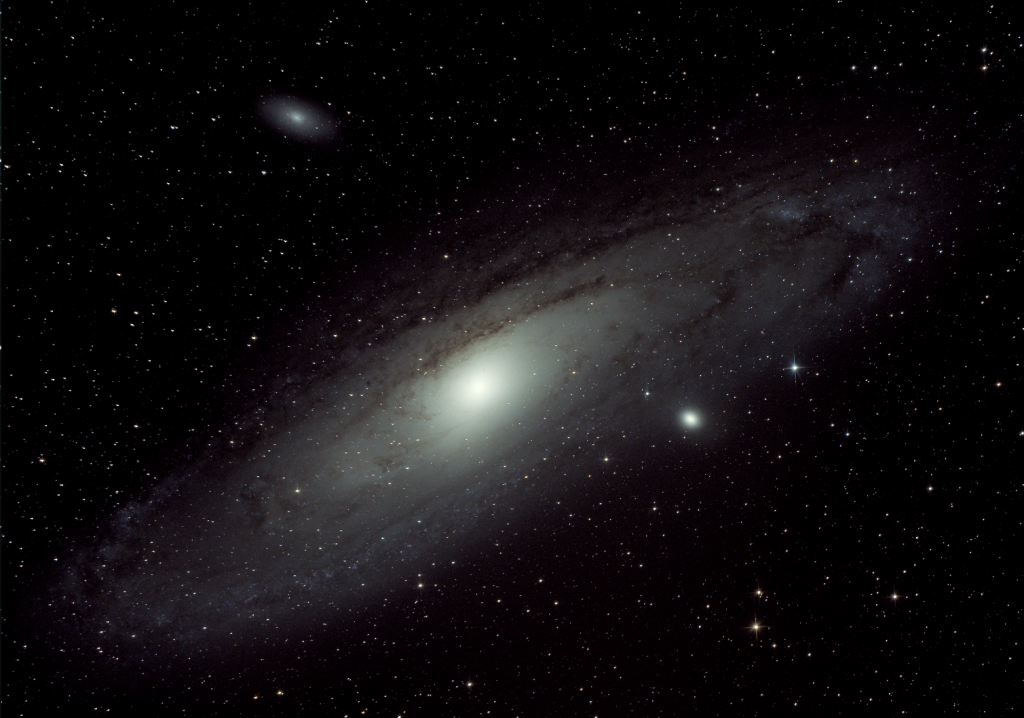
I thought about posting this in creativity, but this post will be a broader area than that. This is a lot to read, but still very condensed. Anyway...
My love for space started in 1995. I was 5 years old and had just watched Apollo 13 when it was first released on VHS. It blew my mind. Before then, I had no idea there was really anything outside of our planet and the moon was just a sky decoration for me. That night, I took my child size recliner, tipped it over backwards, and built a cardboard roosterpit. In the years following, I would check out every book about space (within my level) from the school library and learn as much as I could.
My interests branched out to the Mercury program, Gemini program, and the space shuttle program. This kept my busy until my dad bought an Orion Short tube 80 refractor telescope. I didn't know anything about light pollution at the time and had trouble finding anything but the moon, but it still kept me amazed. This is around the same time that I began playing with my parent's camera. I would hold it to the eyepiece and take photos of the moon. They were terrible photos, but I took them. That's what mattered.
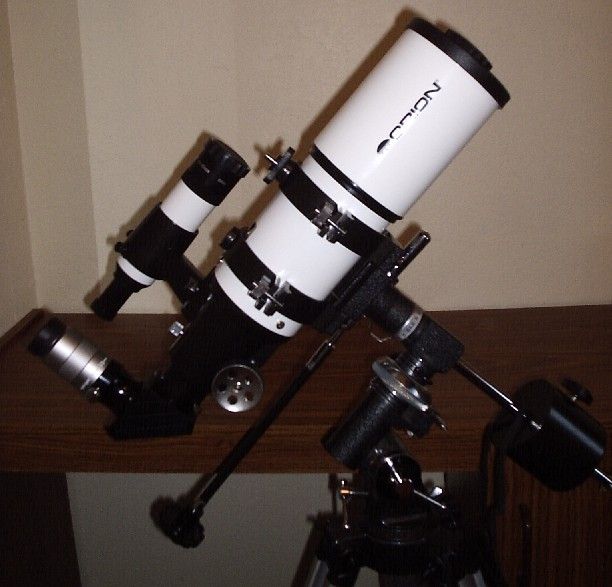
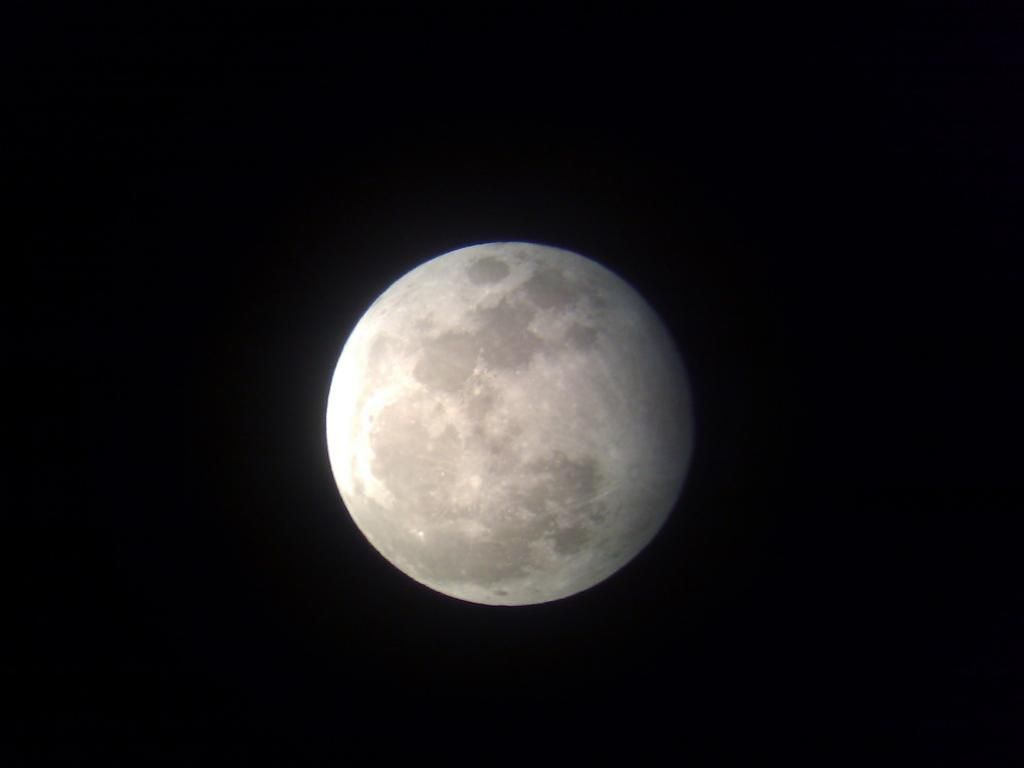
Fast forward a few years and I'm in my mid to late teens. I end up playing around with my parent's (now updated) camera again. It's a Canon point-n-shoot. I don't remember much about it, but it kept me busy for a few solid weeks. I would take pictures of whatever I saw as I would walk around my street. This started to form the base for my future photography.
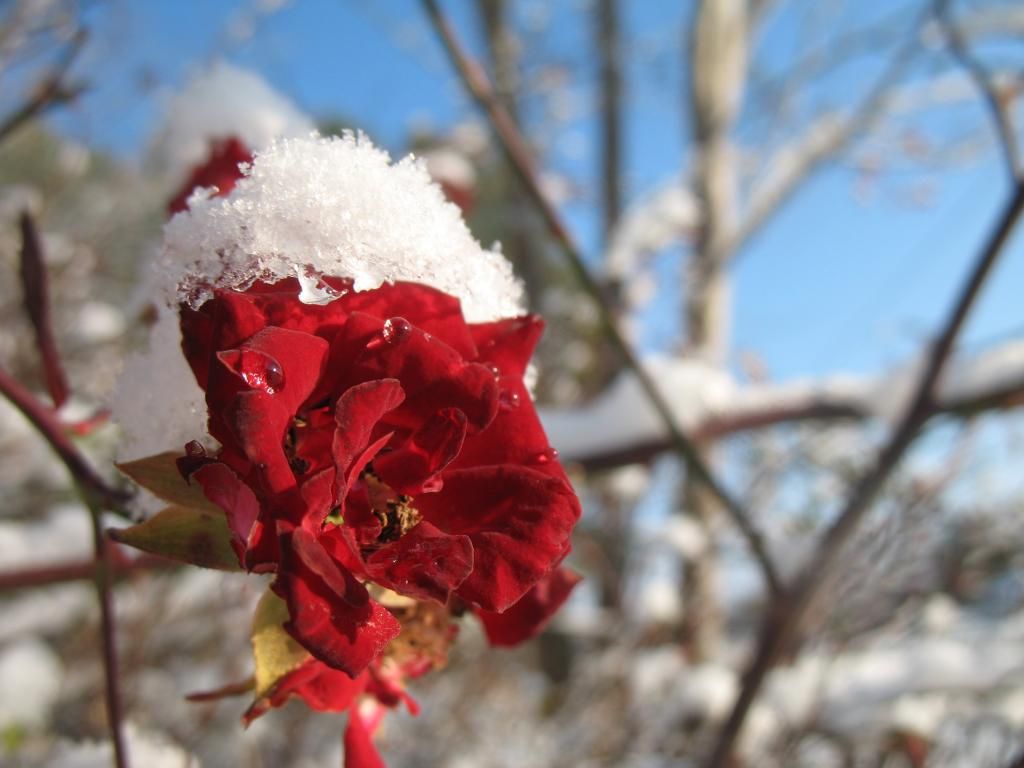
From my late teens to my early 20's, I didn't do anything with photography, but did a lot of random studying about gravity and orbital mechanics. I got wrapped up in Orbiter and learned a bit more about the space shuttle. This is around when I started skydiving because it was the closest I could get to feeling weightless... a feeling I craved. The more I learned, the more I wanted to learn.
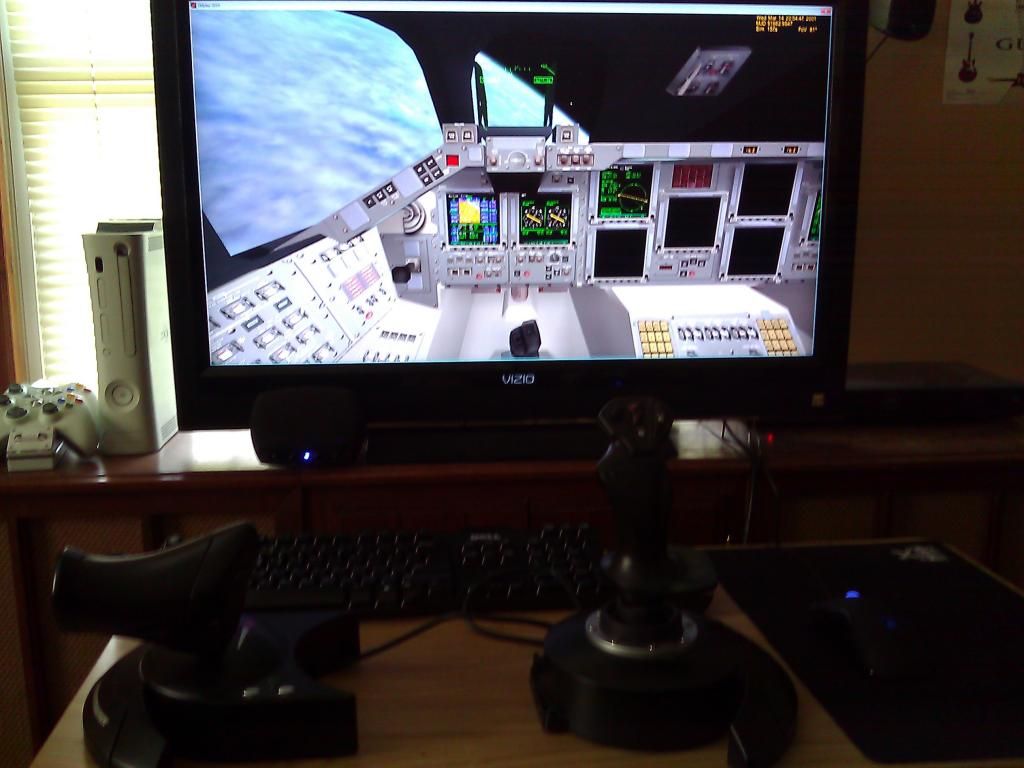
Then I joined the Air Force at 22. I didn't do much in the way of studying space/physics and had no camera. After a year of service, I got stationed in North Dakota, where I am currently. After 6 months of being here, winter rolled around. I was on my way back from town with two friends of mine and we began talking about hearing that the aurora borealis were supposed to be visible. We drove a few miles off the highway and there they were. I'd never lived far enough north to see them so this was incredible to me. I tried taking a picture with my phone (not easy when it's -40 Fahrenheit) but there was no way to capture it. They all came out black. Luckily my friend keeps a point-n-shoot in the car, but even with that all you could see was a faint, green smudge. Better than nothing. That's when I decided I wanted to buy a real camera and learn to use it.
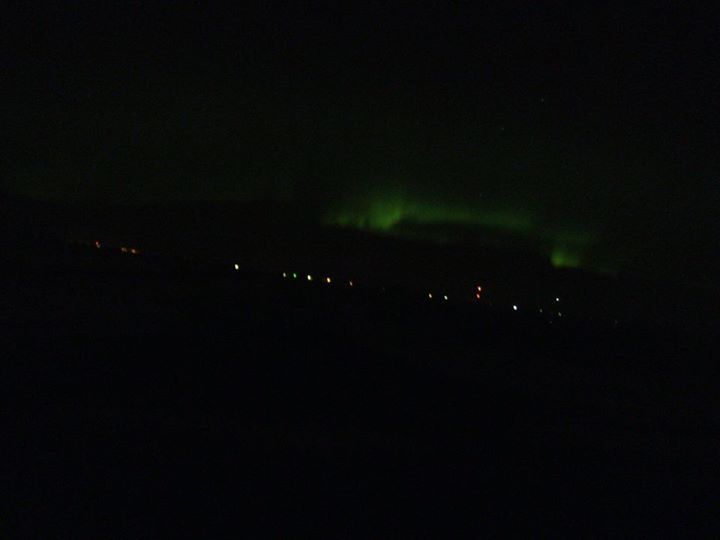
After a few months of researching, learning, and shopping, I bought a used Nikon D7000 with a kit lens. I loved it. I used it constantly and learned a lot for about 8 months. I got pretty good with it and got a few paying gigs for couple's shoots. Then I got the itch to upgrade to a full frame camera. I sold my D7000 and bought a used D600. Again, I loved it. The ability to shoot in low light with a high ISO (camera sensor light sensitivity) and low noise (grain) was and is amazing. I continued to improve my work and ended up with a few more paid shoots.
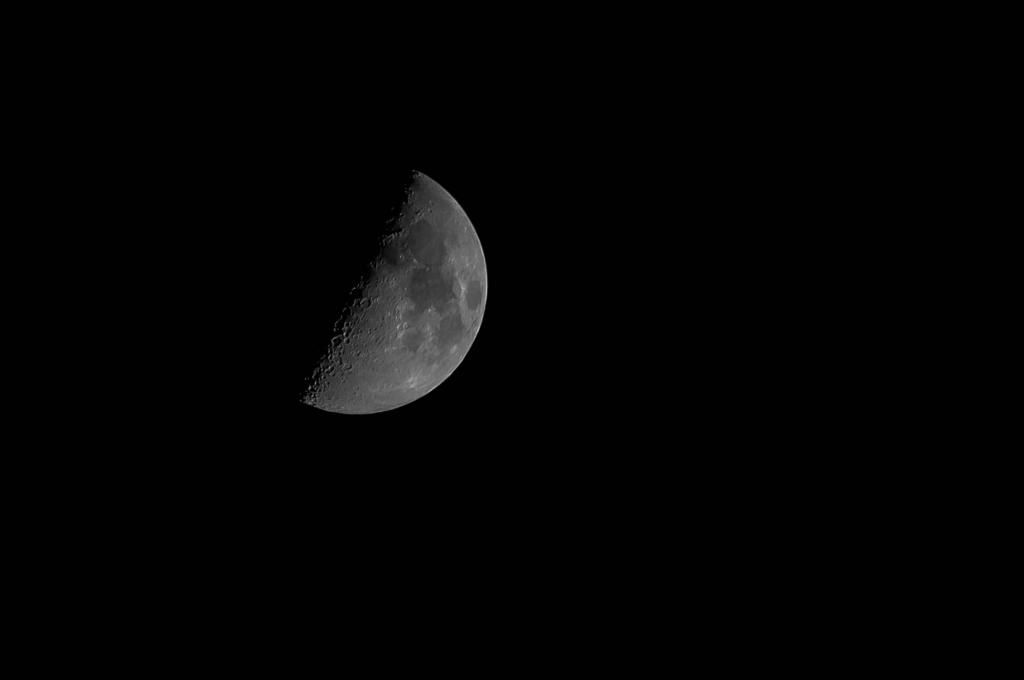
That brings me to the partial solar eclipse on Oct. 23, 2014. I had my D600 and a 70-300mm lens, but I'd never tried to shoot anything that bright. I had my camera with me (like I always do) while in town with friends. On the drive home we noticed (with sunglasses) the eclipse happening. I slapped on the 70-300 at 300mm, raised my shutter speed to 1/4000 of a second, lowered my ISO down to 50, and closed my aperture (opening for light in a lens) all the way to f/40. I snapped a shot. Horribly over exposed. I asked my two friend if I could use their sunglasses. I held both pair stacked in front of the lens, and boom. Eclipse and visible sunspots. It felt amazing and I went out the next day to take another. I didn't it know at the time, but I captured the largest sunspot in the last 24 years.
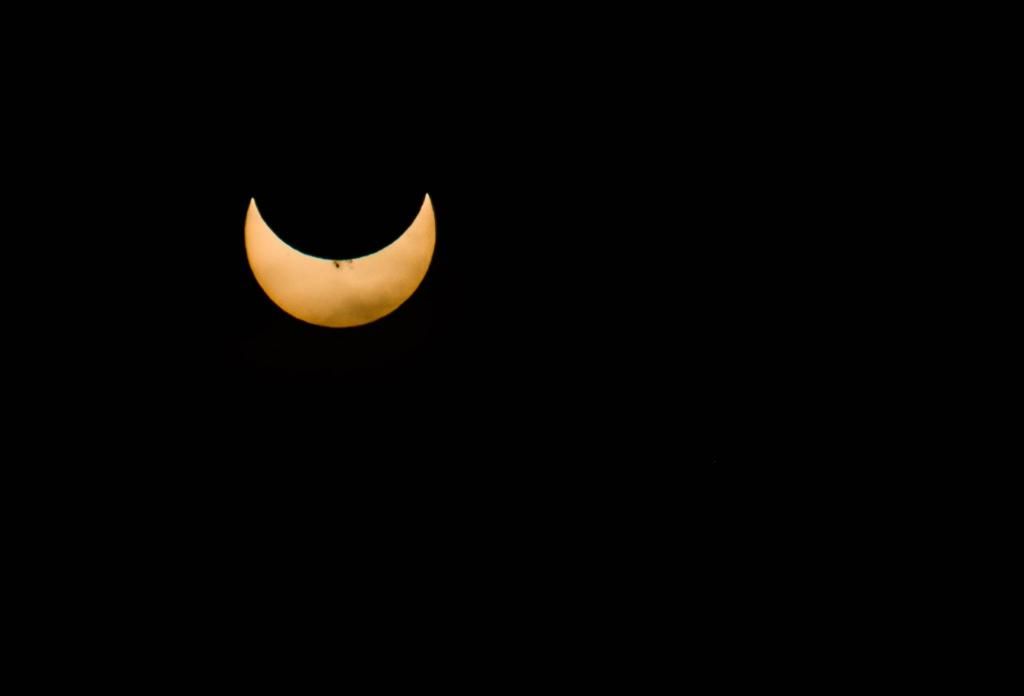
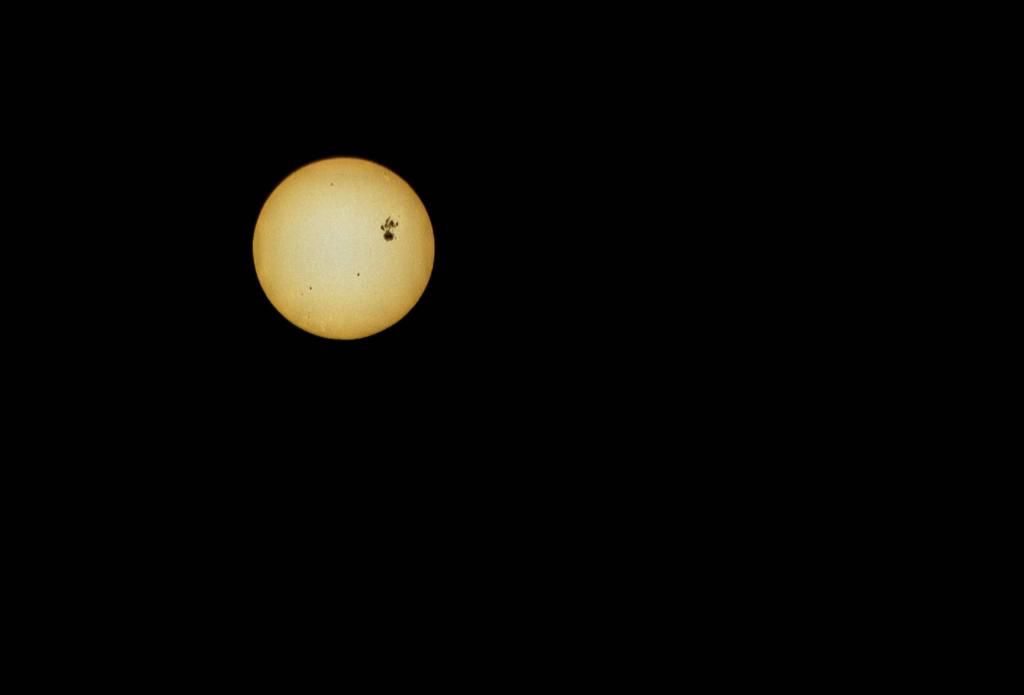
I started researching how to take pictures of other extra-terrestrial things and found out that most celestial bodies are actually pretty large in the sky, but too dim to be seen. You can capture them by having a long camera exposure, but this becomes a problem due to the earth spinning. You can only expose for so long before the stars (or whatever you're looking at) begin to trail or "smear" across your image. With a 300mm lens, I can only expose for 1.6 seconds before I get star trails. You can shoot with a higher ISO (brightening your image), but that increases noise in the image. That's when I learned about image stacking. Software can take multiple images of the same subject, align them, and stack them together. Long story short, this ends up eliminating a lot of the noise. You then export and edit in post processing.
I went out my first night (following light pollution maps) and found a dark spot about 20 miles off base. It was cold, so I didn't stay long. I tried to find the Andromeda galaxy, but couldn't. I ended up taking a wide angle shot of the milky way. On the drive back to base I saw the Orion constellation coming over the horizon. I pulled off the road and tried taking a photo of Orion's belt. I looked at the image and noticed a small purple smudge to the bottom right of the belt. I zoomed in and realized it was the Orion Nebula. Like the moon before, it was a stuffty photo, but it felt amazing to take it. I took a few more, went home, and stacked them.
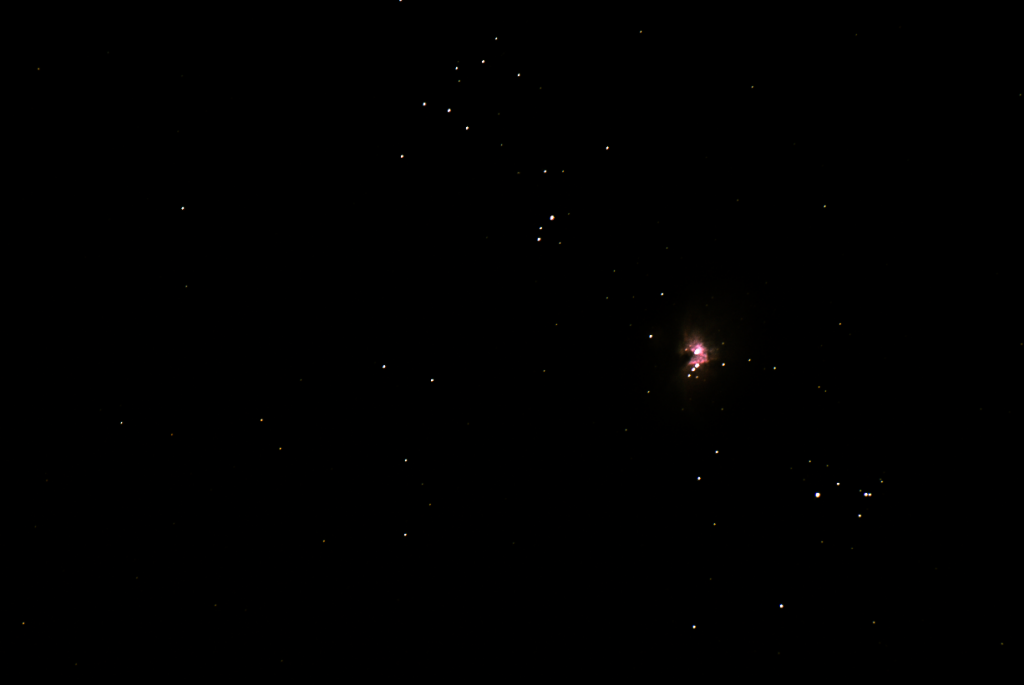
I went out for a second try a few weeks later after taking into account some of my mistakes from the first time. I took nearly 500 exposures (along with 40 dark frames, 20 bias frames, and 10 flat frames. Google these if you care what they are). The result was much better, but I still crave more. The magnification is enough, but I need to make it brighter... expose longer. I need a motorized German equatorial tracking mount.


These mounts are like standard equatorial telescope mounts, but are motorized and have an onboard computer. When aligned, they can automatically find celestial objects and track them as they move across the sky (cancelling out Earth's rotation). This will allow me to expose for minutes at a time instead of seconds.
I ordered mine yesterday and it should be here next week. I'll be using the Orion ST80 soon until I can buy a Schmidt-Cassegrain telescope. I'll then add an autoguiding system and use the ST80 as my guidecope.
I'm obviously VERY early along in astrophotography, so this will be updated as I progress. Also, some of my general photography can be seen
here.. It's a bit outdated. I'll update it soon.